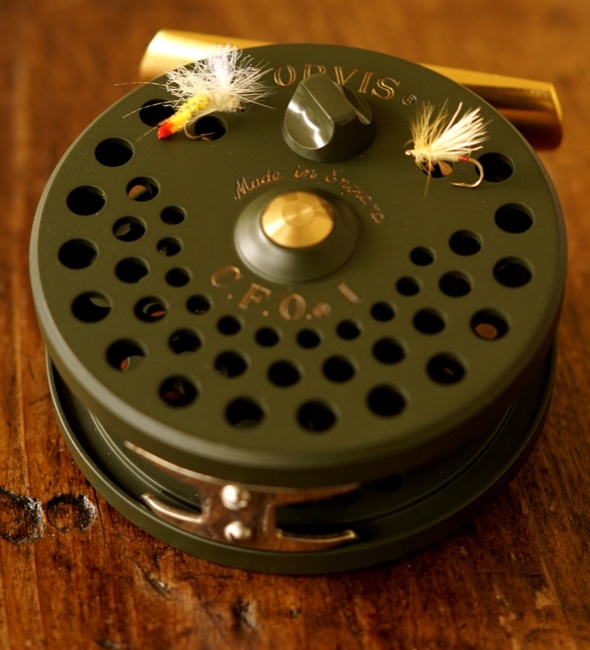As a fly fishing guide, two of the most common questions I am asked are, “How do you pick out flies to fish?” and “What fly should I use during [insert a month/time of year]?”
The answers to those two questions could be loaded with countless thoughts, theories, and personal preferences. With all of the facets that revolve around fly choice, no matter where you are in the United States or around the globe, there would be follow up questions from the one answering to answer the initial question. But as complicated as us fly fishers can be, when it comes to fly choice and entomology to fool trout in WNC, it can also be pretty simple.
If an inquiring mind were to ask me, “What fly should I use in May/June while fishing in WNC?”, I could answer that question confidently with two words —“Anything yellow.”
Mid-May through June is essentially the prime-time to fish in Western North Carolina. The majority of active hatches present within trout streams of Western North Carolina are some shade of yellow this time of year. This is true for stoneflies and mayflies from mid-May through the end of June. There are many fly imitations of various insects that could be tied on to fish with success, nymphs or dry flies.
One of my favorite fly imitations to use this time of year is a yellow sally dry fly. Watching these small stoneflies fly around a small mountain stream, land to lay eggs, and then witness a trout rise out of the water to feed is an astonishing sight. Even better is when a trout rises to your dry fly that is drifting over their head.
The yellow sallies dry flies I prefer are essentially the same shape with sparsely hackled bodies but these two flies ride in the water slightly differently which can be beneficial if the trout are being particular on which fly they take.
Below are the two different variations:

Spotlight Yellow Sally (Left) and a Hairwing Yellow Sally (Right)
-
Spotlight Yellow Sally
This fly is tied on a curved hook with a parachute post and hackle. The hackle will keep the fly riding on the water’s surface while the parachute post makes it more visible to pick up in your vision when it is on the water. The red dyed vernille body allows the butt section of the fly to ride submerged in the water imitating an egg laying yellow sally that is emerging.
-
Hairwing Yellow Sally
This simple dry fly uses a red floss butt to represent the egg sack that would be seen on a flying adult yellow sally. It has bleached elk hair head and wings, as well as sparse hackling that is effective and closely mimics the real insect. This fly rides higher on the water than the Spotlight due to the hackle being palmered rather than in a parachute manner.
If you are planning to hit the water to fly fish this month or next in Western North Carolina, fishing any shade of yellow fly will increase your chances if the trout are keying in on the aforementioned yellow hatches of stoneflies and mayflies.
